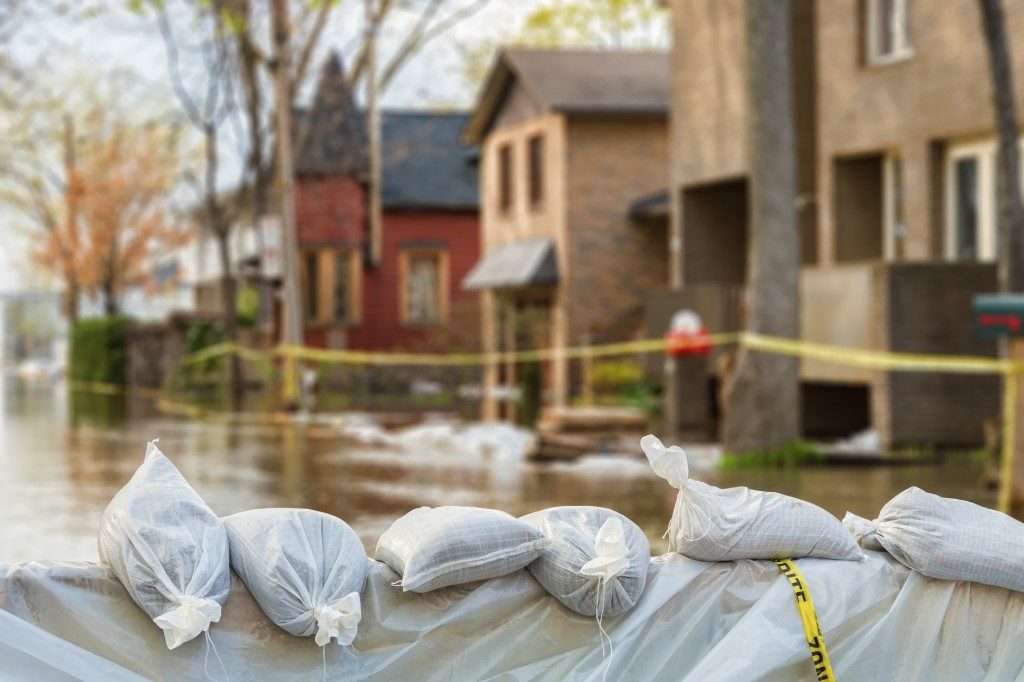Flooding is the number one natural disaster in the US. Even in areas where people believe have no risk of flooding, it can still occur. According to the Federal Emergency Management Agency, around 25 percent of all flood insurance claims are filed in areas where there is only a medium risk of flooding. In recent months, record-high rains swept through parts of Wisconsin and caused flooding.
Protecting Your Home

The federal, state, and local governments built structures like levees and floodways lessen the risk of flood in your area. However, there is only so much those structures can do to protect you. Doing your part will keep flooding risks at a minimum.
- Educate yourself about sump pumps and plugs. Sump pumps basically take in water from your drain and release it elsewhere. If you decide to install one, make sure it discharges water away from your house and into a safer area. Plugs prevent water from coming in through different holes and drains in the lower parts of the house. Consult your local merchants to find out how they work and what particular items you need to get for your home.
- Prepare your appliances for possible flooding. Elevate the placement of appliances that are most at risk, particularly those located on lower floors, or move what appliances you can to higher levels.
- Move your valuables to a higher location. If floodwaters do get in, make sure your irreplaceable, sentimental items and important documents remain high and dry. For the latter, consider making copies and storing them in a place not likely to get flooded. While you’re at it, store hazardous materials like paint and cleaning supplies in higher locations as well.
- Know where your main electrical switches are located. In case of flood, the best course of action is to turn off electricity in the exposed areas. Do not access electrical switches while standing in water.
- Prepare an emergency kit. Put together a kit with water, food that doesn't require cooking, clothes, and first-aid materials. Keep it in a safe place and let everyone in the house know where to find it.
- Consider getting coverage. According to FEMA, most policies for homes don’t cover flood damage. Make sure to discuss this with your provider. There are a number of available homeowners’ insurance in Wisconsin. Find one that best suits your needs.
Protecting Your Family
- Keep them informed. Teach the other adults and older children in your household the emergency plans. Discuss with them where the emergency kit is located, how to turn off the electrical switches, and your evacuation procedures.
- Have an emergency contact. Assign a relative or friend who doesn’t live in your area as an emergency contact. Make sure everyone in your household knows their contact details.
Having a clear and solid plan in case of flood makes it so much easier if flooding does happen. Preparation can often mean the difference between inconvenience and disaster. Although flooding may seem a very distant threat it's relatively easy and straightforward to plan for, in case the worst should happen.

